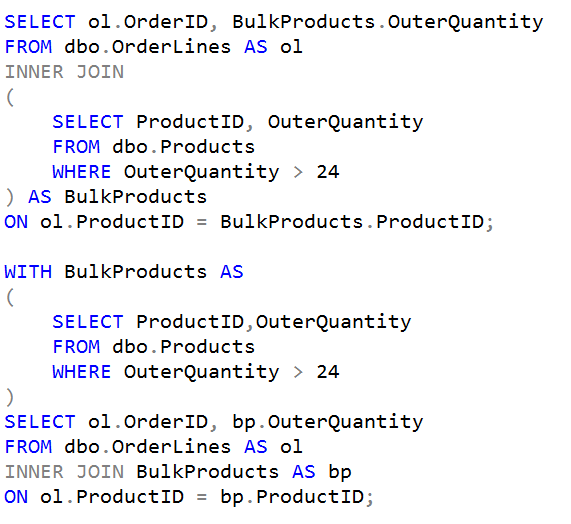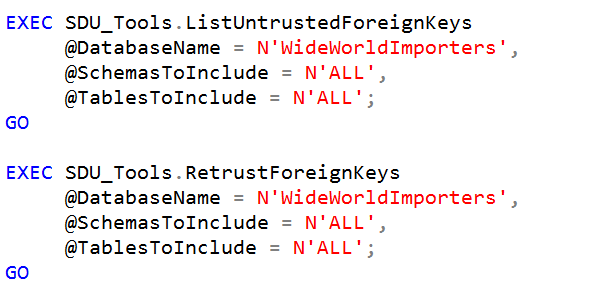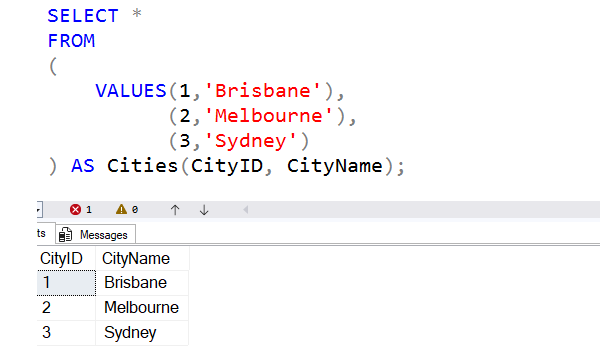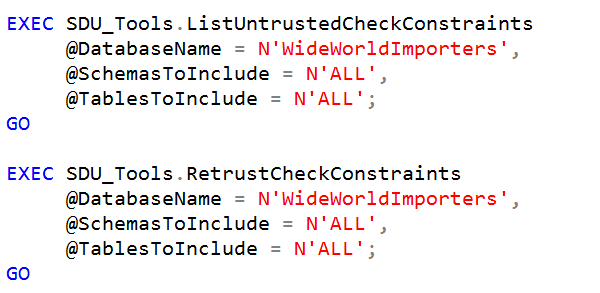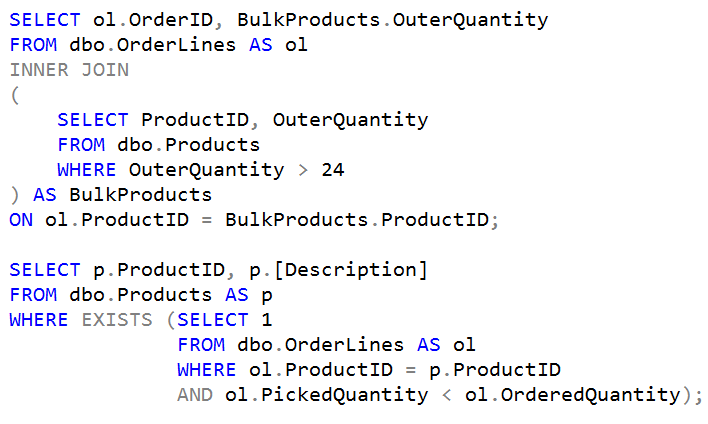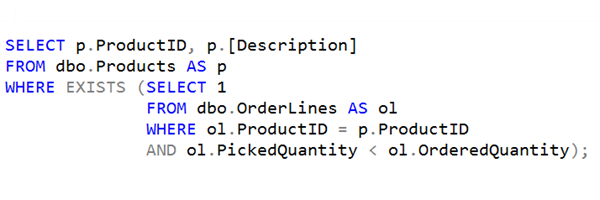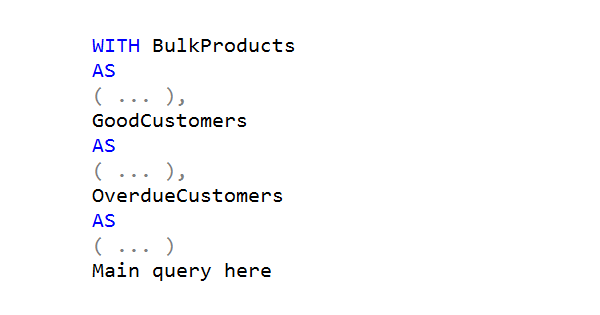
T-SQL 101: 123 Using Multiple CTEs in a Single T-SQL Query
I mentioned earlier that CTEs can be used to clean up or tidy more complicated queries. You will find people though, who really don’t like them at all. My aim here isn’t to argue for or against them, as it’s a complex topic, but to make sure you know how to write queries with them, and more importantly, to be able to read queries that use them. At this point, I want you to understand the syntax.
2025-03-02


